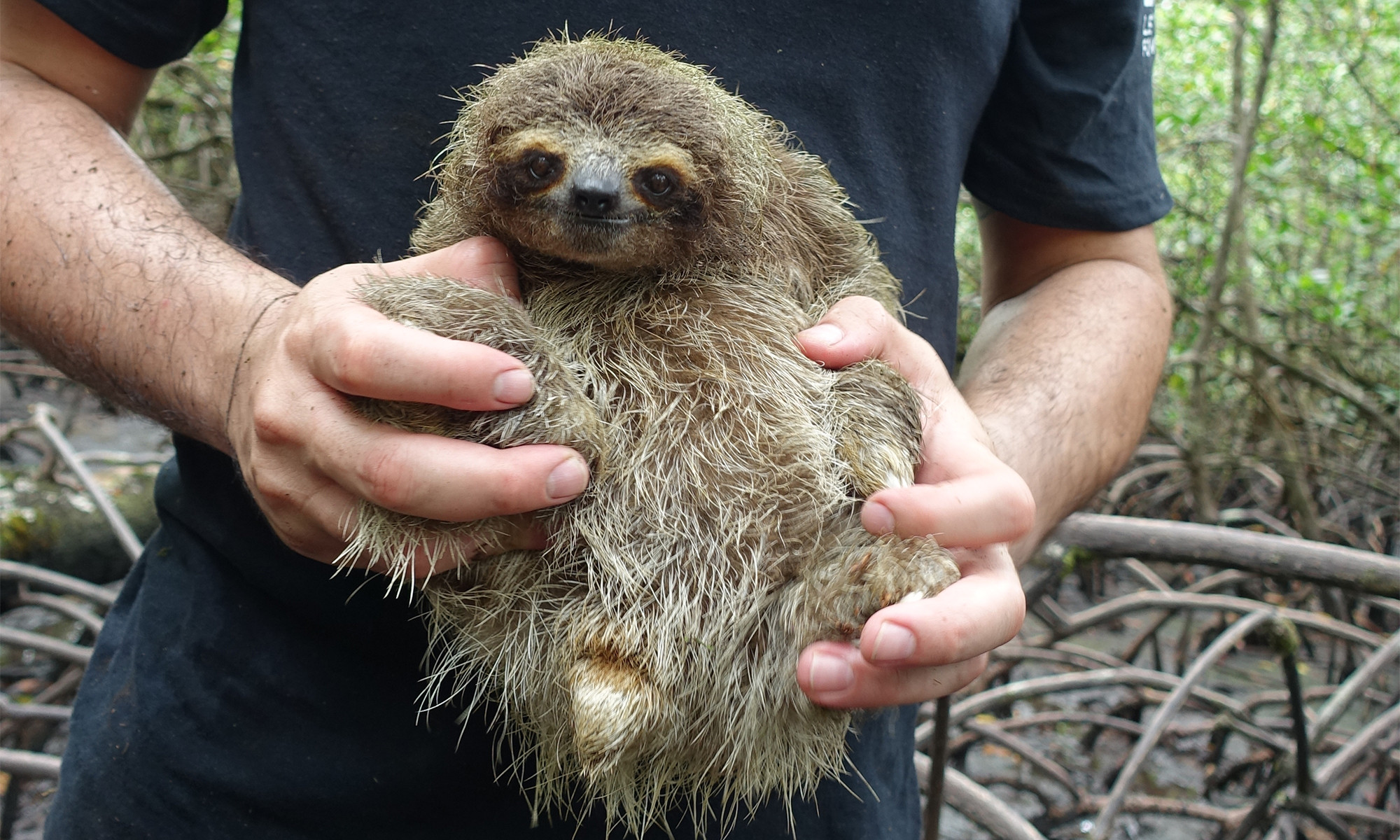A little-known disease spread by insect bites has turned deadly, and health officials are sounding the alarm. More than 8,000 cases of Oropouche virus have been reported this year as of August 1. Most have been in South America, but infections are also spreading in countries where it hasn’t been seen before, and dozens of travel-related cases have been reported in the United States and Europe. The Pan American Health Organization, a regional arm of the World Health Organization, has issued an epidemiological alert for Oropouche virus and raised the public health risk level to “high” for the Americas region.
“Although the disease has historically been described as mild, the geographic spread in transmission and the detection of more severe cases underscore the need for increased surveillance and characterization of possible more severe manifestations,” the agency said in a statement. The US Centers for Disease Control and Prevention has also issued a health advisory warning health care providers and public health authorities to be on the lookout for new cases and recommending that pregnant women avoid travel to affected areas. At least 21 US travelers returning from Cuba have tested positive for Oropouche virus, the CDC said Tuesday.
Understanding Oropouche Fever
Oropouche virus gets its name from the village in Trinidad and Tobago where it was discovered in 1955. Since then, about 500,000 cases have been recorded. But knowledge of the disease is limited, with The Lancet medical journal even calling it a “mysterious threat” in a recent editorial. About 60% of people who are infected develop symptoms, according to the CDC. These can appear similarly to those caused by dengue or Zika, including sudden onset of fever, chills, headache, muscle pain and joint stiffness. Other symptoms can include eye pain, light sensitivity, nausea, vomiting, diarrhea, fatigue and rash. In rare cases, the disease can infect the nervous system and cause meningitis and encephalitis.
Transmission and Spread
The virus spreads to people through insect bites, especially from biting midges, a type of tiny fly, and certain types of mosquitoes. It is endemic to the Amazon basin region of South America, particularly in forested areas where transmission is maintained in a cycle between insects and other hosts such as rodents, sloths and birds. It’s sometimes called “sloth fever.” People who visit these areas can be bitten by an infected insect and carry the disease back to more urban areas. Climate change and deforestation create more opportunities for people to interact with infected insects and the raise the risk of spread, according the Pan American Health Organization.
The current outbreak is spreading rapidly in countries where the virus is known to circulate and in new places. Locally acquired cases have been reported in Bolivia, Brazil, Colombia, Cuba and Peru. There is no evidence of local transmission in the United States, but several cases have been reported in people who have traveled to places where it is spreading. The current risk of sustained local transmission in the continental United States is believed to be low, said Dr. Erin Staples, a medical epidemiologist with the CDC’s Division of Vector-Borne Diseases. But the risk level is more uncertain in places like Puerto Rico and the US Virgin Islands that could have similar ecologies to Cuba, she said.
Emerging Concerns and Research Gaps
Shifts in the geography of the virus spread suggest that there may be new vectors involved in the cycle, experts say. “We do need to get a little bit more information so we can better reflect areas that might be at risk for it,” Staples said. “We’re still learning about this virus, and we will be providing updates as soon as we have them.” This year also marks the first time that there have been deaths reported from Oropouche virus and evidence that the disease can be transmitted from a pregnant woman to her fetus and cause adverse birth outcomes.
Earlier this year, Brazil reported deaths in two young women who were otherwise healthy and not pregnant. A third fatal case in a middle-age man is under investigation, according to the Pan American Health Organization. There have also been at least five cases in pregnant people that have led to fetal death or congenital abnormalities including microcephaly, a rare birth defect that results in an underdeveloped brain. Some of these severe outcomes may be the result of more virus circulating, Staples said. “As we see more people becoming infected, we can see rare and unusual occurrences of clinical symptoms or death,” she said. “But these are all things that CDC is currently working with our partners to learn more about.”
Prevention and Treatment
There is no vaccine to protect against Oropouche virus, and there are no specific antiviral treatments available. Cases can be confirmed through laboratory testing, but it is not available at commercial diagnostic laboratories, and more common viruses like dengue often have to be ruled out first. “This is a good time to think about mosquito bite prevention: Avoid going out at dawn and dusk, when mosquitoes are most likely to be biting; dress appropriately to protect your skin from bites from mosquitoes and other insects, and to use a mosquito repellent that is effective at preventing infections,” Hamilton said. The CDC has issued two travel advisories, one encouraging travelers to South America to take “usual precautions” and another suggesting that travelers to Cuba take “enhanced precautions” in protecting themselves from bug bites and seeking medical care when necessary. And pregnant women should take special precautions, experts say; the CDC recommends that pregnant people reconsider nonessential travel to Cuba.
A Growing Threat
The Oropouche virus, a potentially fatal disease also referred to as “sloth fever,” has made its way to the United States, prompting questions about what Americans should know. On Tuesday, Florida’s health department reported 30 cases of Oropouche fever in the state, all linked to travel from Cuba. There has also been one case reported in New York following travel. In an update Tuesday, the CDC said at least three of the initial cases reported in the U.S. were hospitalized and that the agency is “currently developing a plan for rapid detection and response” to the virus. Earlier this month, the Centers for Disease Control and Prevention issued a health advisory to notify clinicians and public health authorities of an increase in the virus. Between January 1 and August 1, 2024, more than 8,000 cases of Oropouche virus disease were reported, including two deaths, the CDC alert stated, adding countries reporting cases include Brazil, Bolivia, Peru, Colombia and Cuba. “No evidence of local transmission currently exists within the United States or its territories,” the CDC added.
The virus is transmitted in forested areas between mosquitoes and non-human vertebrate hosts such as birds, rodents and sloths, which is where its nickname is derived. Humans then become infected while visiting these areas and can introduce the virus to urban environments. Sloth fever can present similarly to other mosquito-borne diseases like dengue or chikungunya fever, according to the New York State Department of Health, which can make identifying it challenging. Most often symptoms include:
- Sudden onset of fever
- Chills
- Headache
- Muscle pain
- Joint stiffness
Other symptoms can include:
- Eye pain
- Light sensitivity
- Nausea
- Vomiting
- Diarrhea
- Fatigue
- Rash
Symptoms typically last less than a week (2-7 days) and can often reoccur a few days or even weeks later. Most people with Oropouche recover within several days to one month. Some people (fewer than one in 20) will develop more serious disease. This includes meningitis (inflammation of the membranes that surround the brain and spinal cord), encephalitis (inflammation of the brain), or bleeding.
A Global Concern
Once confined to the Amazon region, the mysterious insect-borne virus that causes Oropouche fever has been expanding its range since late 2023, raising international concern. There have been more than 8,000 confirmed human infections in the Americas so far this year, most of them in Brazil, but Peru, Bolivia, Colombia and Cuba have also been affected. In July, authorities in Brazil reported the deaths of two adults from the disease — the first fatalities recorded since the virus was identified almost 70 years ago. Brazilian officials are also investigating cases of fetal deaths and malformations that might have been caused by the virus, which investigations have shown can spread from a pregnant person to the fetus. There are no vaccines or treatments for the disease.
Earlier this month, the Pan American Health Organization upgraded its risk level for Oropouche from moderate to high, citing the virus’s geographical spread and the occurrence of fatal cases, which are notable for a disease that has historically been known to cause mild to moderate symptoms. On 23 August, the World Health Organization published a note stating that the public-health risk posed by the virus is high at the regional level and low at the global level. The US Centers for Disease Control and Prevention has advised close surveillance of people returning from affected areas. Cases of Oropouche infection have been identified in people who have travelled to the United States, Spain, Italy and Germany from Brazil and Cuba.
A Deeper Look into the Virus
Nature spoke to Gonzalo Bello, a public-health specialist at the Oswaldo Cruz Institute in Rio de Janeiro, Brazil, who has studied the lineage of the Oropouche virus currently spreading in the Americas. Oropouche is a virus of the genus Orthobunyavirus. It differs from other better-known vector-borne viruses like dengue, Zika, yellow fever or Chikungunya because it is typically transmitted to humans by a midge, Culicoides paraensis, rather than by mosquitoes. But we cannot rule out the possibility that other vectors might be involved. [The virus has been found in other insects, including the mosquito Culex quinquefasciatus.]
It was discovered in 1955 in Trinidad and Tobago, in the Caribbean. In 1960, it was first detected in Brazil from a blood sample taken from a sloth. Since the 1960s, it has been identified in outbreaks in humans more or less intermittently in the Amazon region [a vast area that spans nine countries in South America]. That’s why we say it’s a re-emerging virus, because it has been circulating for many decades at least in the Amazon, which is considered an endemic region.
When it comes to the Amazon region, it is difficult to say whether the current outbreak is larger than in previous decades. For the first time, a molecular surveillance diagnostic system is being implemented, something that didn't exist in past epidemics.
Expanding Reach and Uncertainties
The geographic extension of the outbreak does represent a change. The number of municipalities and states affected is much higher. Additionally, the virus has spread outside the Amazon region. Again, we don’t know whether this is the first time because there was no surveillance of Oropouche outside the Amazon before.
What also raises concern is the finding of local transmission in Cuba for the first time, and imported cases in Europe and in the United States. As the Culicoides paraensis midge is found throughout the Americas, from the United States to Argentina, whenever there are infected people and there are vectors, there may be local transmission events. So, any infected individual can generate a local epidemic, that’s the main concern.
Symptoms and Diagnosis
The symptoms are similar to those of other arboviruses such as dengue: fever, headache, muscle or joint pain, pain behind the eyes, vomiting and nausea. So it’s very difficult to diagnose an Oropouche infection only from symptoms, you really need to have a molecular laboratory diagnosis. A few cases may evolve into more severe forms, with neurological or hemorrhagic manifestations, but most cases are mild and resolve after seven or eight days.
A New Dimension: Fetal Transmission
For the first time, the presence of antibodies against Oropouche, indicative of a recent infection, was found in newborns with microcephaly. This suggests an association, but because of the study’s limitations, it wasn’t possible to establish a causal relationship between infection during intrauterine life and the neurological malformations. But it was possible to establish proof of mother-to-child transmission in cases of fetal and newborn death. In one case, a pregnant woman had symptoms of Oropouche and, weeks later, fetal death was confirmed. The Oropouche genome was detected in several organs of the fetus. In another recent case, a pregnant woman tested positive for Oropouche. The baby was born but died [weeks] later. Post-mortem examination identified the virus genome in various tissues, including the brain.
Uncertain Future
There were also two deaths of previously healthy young women who had symptoms similar to severe dengue. They were not pregnant. These were the first cases in the literature classified as deaths associated with Oropouche infection. It is not yet possible to establish how frequently these fatal cases would be happening, either in adults or fetuses. So far, there is no evidence that the symptoms have changed compared with previous outbreaks. This interview has been edited for length and clarity.


















